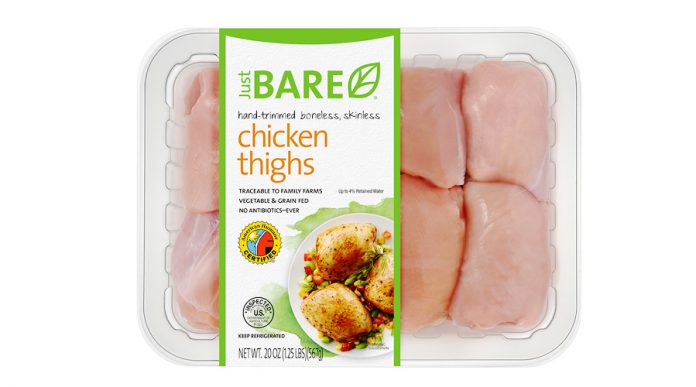The upcoming Pack Expo Las Vegas, to be held from 25-27 September 2017, will provide all the necessary packaging and processing solutions for the rapidly growing global meat, poultry and seafood industry.
The Association for Packaging and Processing Technologies (PMMI) recently released the 2017 Trends Shaping Meat, Poultry and Seafood Market Segment report, which says that the meat, poultry and seafood industry is experiencing a global boom driven by population gains; increased demand for meat, poultry and seafood; growth in food service; and exports.
The report is based on in-depth interviews with 50 professionals in the meat, poultry and seafood industry representing the fresh, frozen, canned, deli, ready-to-eat, individual quick frozen and preserved categories, along with over 110 industry references.
Sanitation concerns, meeting global demands and minimizing labor costs are the top-of-mind trends shaping the current landscape of the meat, poultry and seafood markets. Complex regulations and lack of qualified labor are making it increasingly difficult to ensure proper sanitation. As a result, 82% of manufacturers are specifying more hygienic machines.
Since consumers in developing markets are incorporating more meat into their diet on a regular basis, the meat, poultry and seafood industries have seen a steady growth. As one of the largest and most efficient meat and poultry producers, the U.S. meat and poultry industry is benefitting from this growth. U.S. exports of meat and poultry increased 2.5% from 2015 to 2016. The total value of U.S. shipments from the meat, poultry and seafood segments was US$ 227.9 billion in 2015.
Greater automation
Over half of the participating companies say that labor, as well as the expense associated with managing a workforce, is the costliest element of manufacturing operations. One solution that nearly every company interviewed (96%) specified was to increase their use of automated machinery in the next three to five years. Increasing automation will also help in reducing contamination risks posed by human interaction.
Other trends highlighted in the report are more demand for easy-to-clean stainless steel machines to meet sanitary verification, simplified HMIs to improve user compliance and document recipe changes.
Expanding share of flexible packaging
The report says that flexible packaging is gaining ground over rigid packaging on performance and sustainability advantages. Extending shelf life with the use of MAP and vacuum packaging is expanding across the meat, poultry, and seafood industries, driven primarily by the rise in case-ready meats. The use of PET films and trays for meat packaging is expanding. There is a desire among consumers to see the products they are purchasing to verify the freshness.
Use of high pressure processing (HPP) is expanding as a way to better preserve the texture, flavor and appearance of foods. Single-serve packaging and small portions for smaller families are increasing. Labeling products allergen free, non-GMO, organic and antibiotic-free is gaining immense traction.
Changing consumer behavior
Today’s modern, fast-paced lifestyle is leading to significant changes in the way people are consuming food. On-the-go eating has consumers looking for portion control and convenience in bite-size and flavorful foods.
Greater awareness about the environment is leading to more demand for sustainable and eco-friendly packaging. Clean and clear claims of organic, GMO-free, and antibiotic-free range are appearing on labels to address the desire for a more natural and transparent product.








